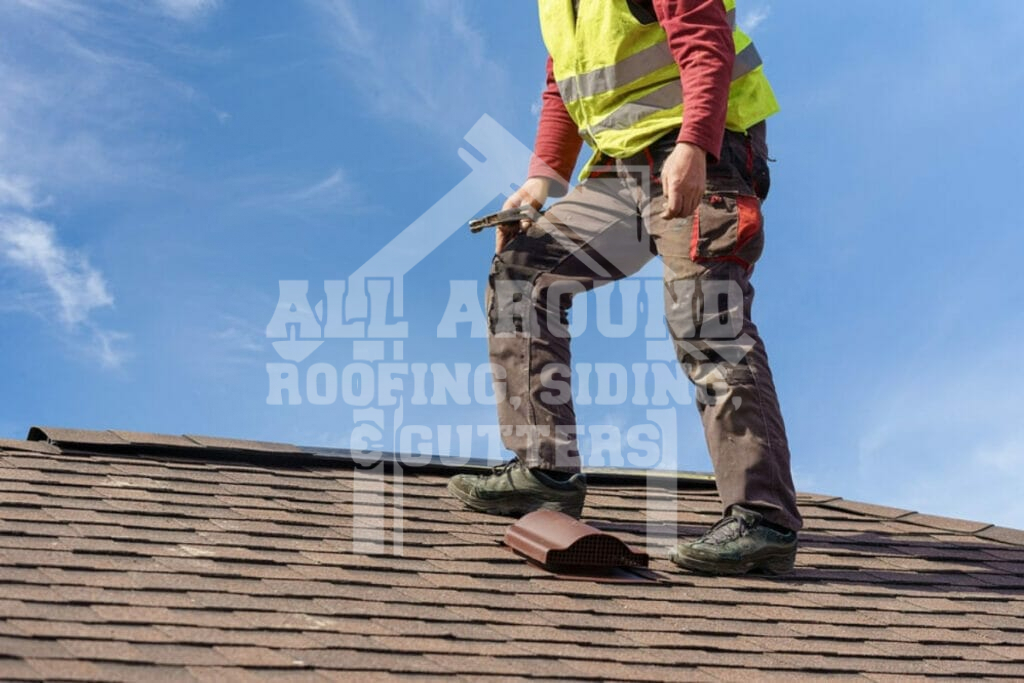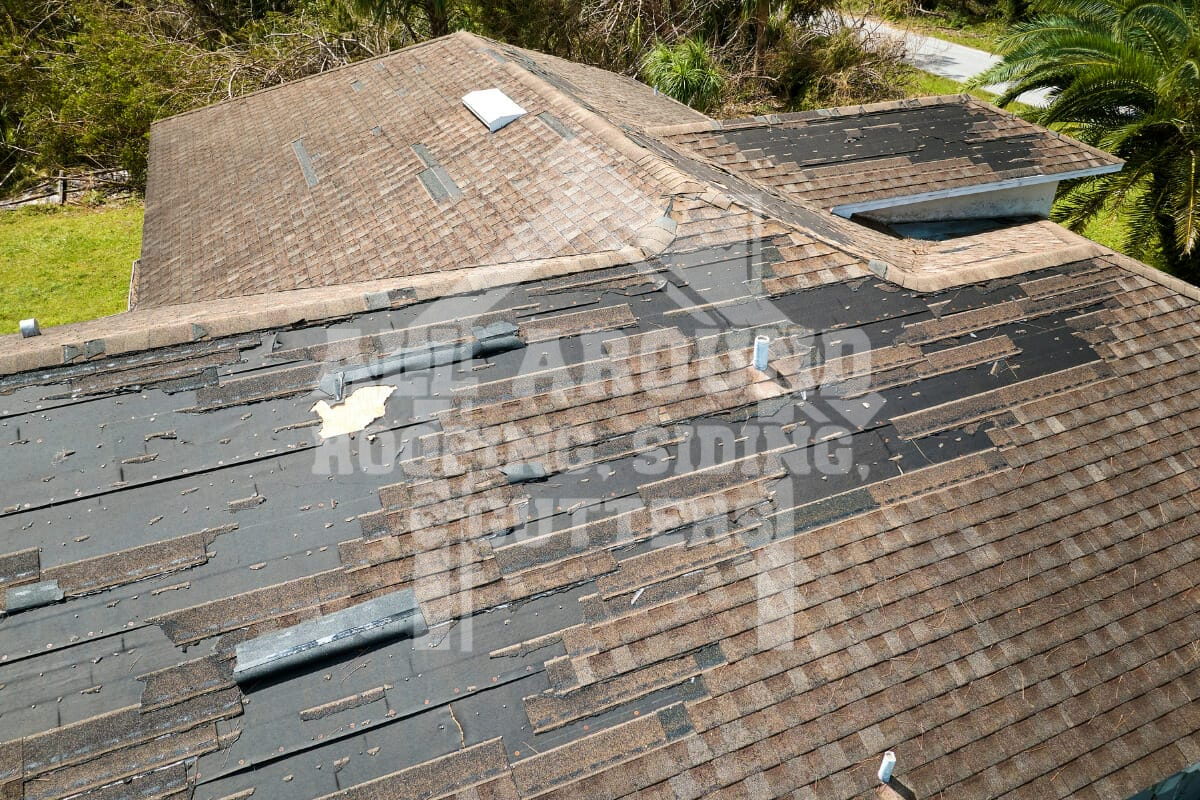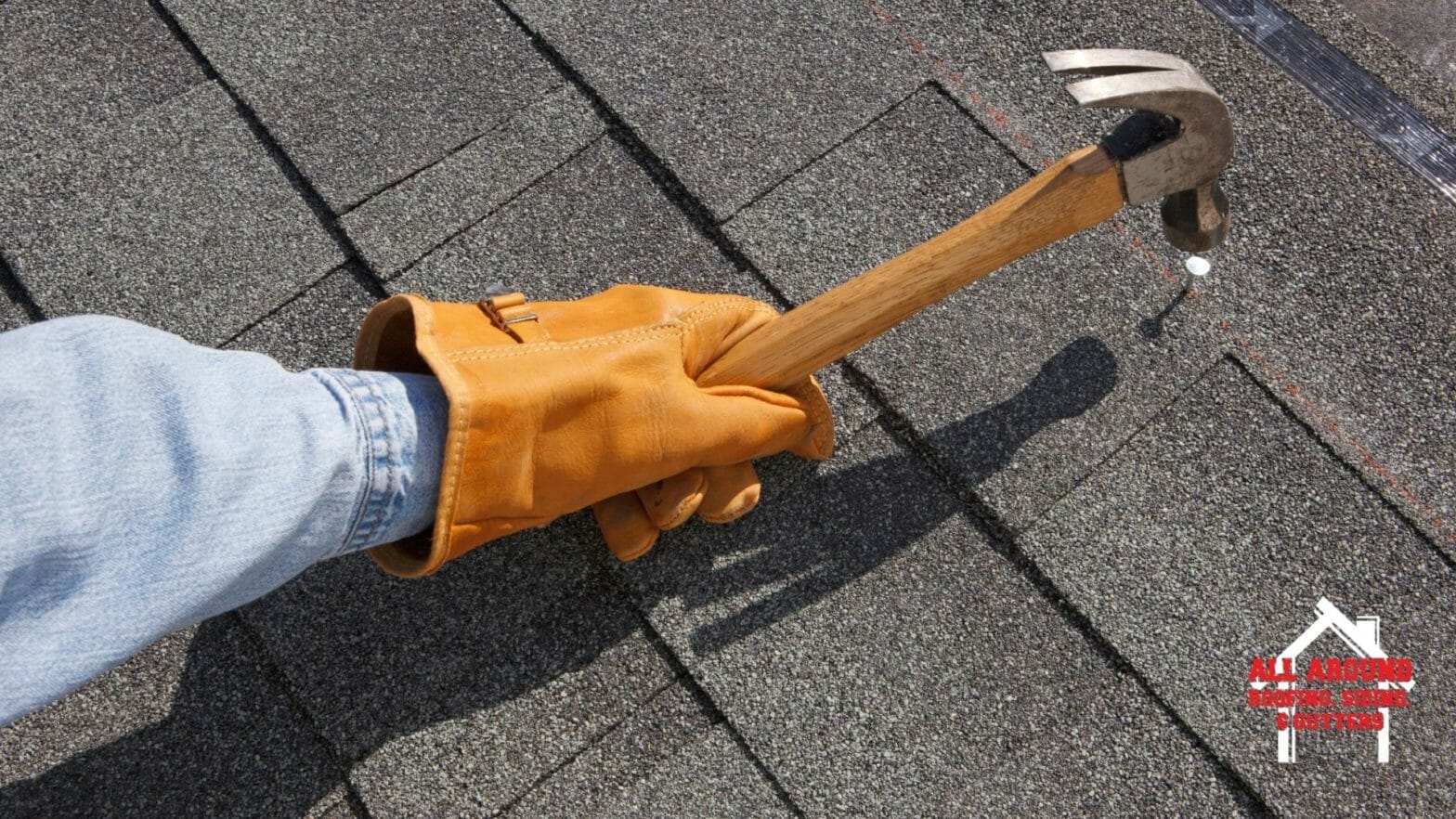
Whether you own a home or rent it, it’s essential that you take care of your property. And while many people may feel they actively maintain their home, much of this is sadly limited to the interior only. It’s crucial to remember that maintaining the roof of your home helps maintain its structural integrity, and should not be neglected.
Roof inspections may seem like a waste of time, but they are crucial to your property’s health. It’s like giving your roof a check-up. This way you can ensure that it’s in good condition, and if not, that you catch any issues before they cause severe damage.
If you also want to inspect your roof but are not aware of where to start, then this blog post is the right one for you.
Things To Take Care Of Before You Start
Before you climb up that ladder and start inspecting, there are a few important things to consider. Think of these as the preparations you make before going on an adventure – it makes the journey smoother and safer. Here are some key things to take care of before you start your DIY roof inspection:
1. Choose The Right Day:
Picking the perfect day is crucial. Aim for a day with good weather – clear skies and minimal wind. Rain or snow can make your roof slippery and dangerous to walk on, so be sure to wait for a dry day.
2. Better Safe Than Sorry
You have heard this saying many times. Roofing projects are very risky, and it’s crucial that you take the necessary precautions. If you’re not comfortable with heights, consider having a friend or family member with you for support, or hire a professional roofing contractor.
3. Use The Daylight:
Natural light is your best friend during a roof inspection. It helps you spot issues more easily. Do your inspection during daylight hours to get a clear view of your roof’s condition.
4. Map Out Your Route:
Plan your inspection route. Decide where you’ll start and finish and how you’ll move around the roof. This helps ensure that you cover every inch and don’t miss any crucial signs of damage.
Steps To Follow For A Roof Inspection
Step 1: Gather All Your Tools
Now you may be wondering, what tools will I need if I am just inspecting? This is a good question, but you will need certain things as you get up on your roof. This can include a flashlight and camera.
Also, take with you the necessary safety equipment, including a sturdy ladder, non-slip shoes, gloves, and safety goggles.
Step 2: Begin With A Visual Inspection From The Ground
Start by examining your roof from a distance. Walk around your home and look up for any noticeable signs of damage or wear. This could include missing shingles, sagging areas, or debris accumulation in the gutters or on your lawn. Take note of anything unusual.
Step 3: Set Up Your Ladder Safely
Place your ladder on a stable, level surface, ensuring it extends at least three feet above the edge of the roof. Double-check that the ladder is secure and won’t wobble while you climb.
Ascend the ladder carefully and step onto the roof. Move slowly and deliberately to avoid damaging the shingles or tiles. Always maintain three points of contact with the roof and distribute your weight evenly.

Step 4: Look For Signs Of Damage
Now that you are up on the roof, safe and secure, it’s time to move to the inspection part itself. You need to look at the following areas of your roof during an inspection:
Missing Or Damaged Shingles
If you have an asphalt shingle roof the first thing you need to look for is missing shingles. Storms and heavy rains are not uncommon in Dayton. These harsh conditions can take a toll on your shingles, causing them to weaken and get blown away. Also check that the shingles aren’t cracked, curled, or buckling.
This is common among asphalt shingles; however, you can face this problem even if you have tile shingles or wood shakes.
Flashing Issues
Flashing is the protective material installed around chimneys, vents, and skylights to prevent water from seeping into your home. During your inspection, closely examine the flashing for any visible damage or signs of deterioration. This includes rust, cracks, or loose sections.
Sagging Areas:
It’s essential that you check for sagging or dipping areas on your roof because it can be a sign of underlying structural problems. Look for any spots where the roof doesn’t appear level or has a noticeable sag.
Moss or Algae Growth:
Keep an eye out for any growth of moss, algae, or lichen on your roof’s surface. Look for the black streaks on your roof’s shingles. While they might seem harmless, these organisms can trap moisture and promote roofing material decay over time. On top of that, it can be unsightly and significantly reduce the curb appeal of your home.
Also Read: Popular Atlas Roofing Shingle Colors For 2023 (Trends and Inspiration)
Step 5 Look At Other Areas Related To Roof Damage
Apart from the roofing material and flashing, there are other areas you need to take a look at. For instance, while you’re up there, check the gutters for debris or clogs that could lead to water backup.
Step 6: Document Your Findings
As you go along, document your findings with your camera. Documentation is the process of recording the state of your roof through pictures or video. Note the location and nature of any issues you discover.
This documentation will be valuable for future reference or when discussing repairs with professionals. For example, when a storm comes and damages your roof, these pictures can come in handy as proof to back you up during your insurance claims process.
Step 7: Descend Safely
When you’ve completed your inspection, carefully descend the ladder. Make sure to maintain three points of contact with the ladder as you come down.
Review your inspection notes and photos. If you’ve identified any issues, consider whether they are things you can address yourself, or if you need to hire a professional roofer.
Also Read: Act Fast! Emergency Roof Repair 101: Steps To Safeguard Your Home

Why and When A Professional Roof Inspection Is The Better Option!
There is a certain level of satisfaction and thrill that comes with doing things yourself. We get that. But as you can see, roof inspections are not as easy and involve a lot of risks, too.
Roof inspections are a valuable part of routine maintenance, but there are several compelling reasons why a professional roof inspection might be a better choice in certain situations.
Expertise and Experience:
Professional roofers have years of experience and training, which enables them to identify issues that may go unnoticed during a DIY inspection. They are in a better position to take care of your roof due to their familiarity with roofing materials and processes.
Safety:
Roofing can be hazardous, especially if you’re not accustomed to working at heights. Professionals have the proper safety equipment and know-how to navigate a roof safely, reducing the risk of accidents and injuries.
Comprehensive Assessment:
Professionals can provide a thorough and comprehensive assessment of your roof’s condition. They use specialized tools and techniques to detect hidden issues.
Peace of Mind:
Hiring a professional can give you the peace of mind that comes with knowing that your roof has been thoroughly examined by an expert. It ensures that any problems are addressed promptly, reducing the risk of major, expensive repairs down the line.
Why We’re The Perfect Option For Your Roof Inspection Needs
If you want a professional to complete your roof inspection in Dayton, then look no further than the team of All Around Roofing, Siding & Gutters.
Licensed and Experienced Professionals
As we’ve noted, roof inspections can be risky, but you don’t need to take that risk! Our professional roofers are licensed and insured and take all the necessary precautions before they start their job.
We Offer A Free Roof Inspection
We have seen many homeowners concerned about how much a roof inspection costs in their area. But with us, you don’t have to worry about it. Our team offers a free roof inspection in Dayton and surrounding areas.
If you feel that your roof needs an inspection, be sure to contact us at (937) 902-2839 to learn more about how we can help you!




